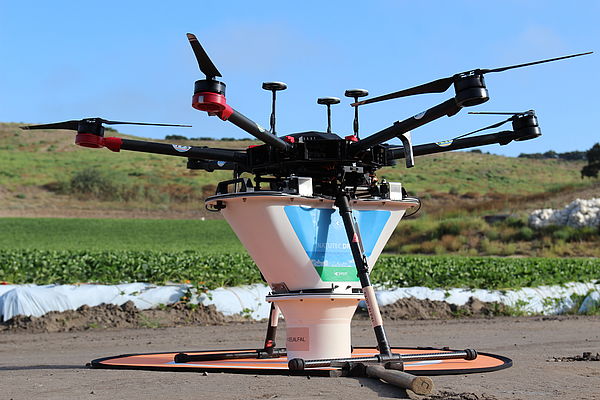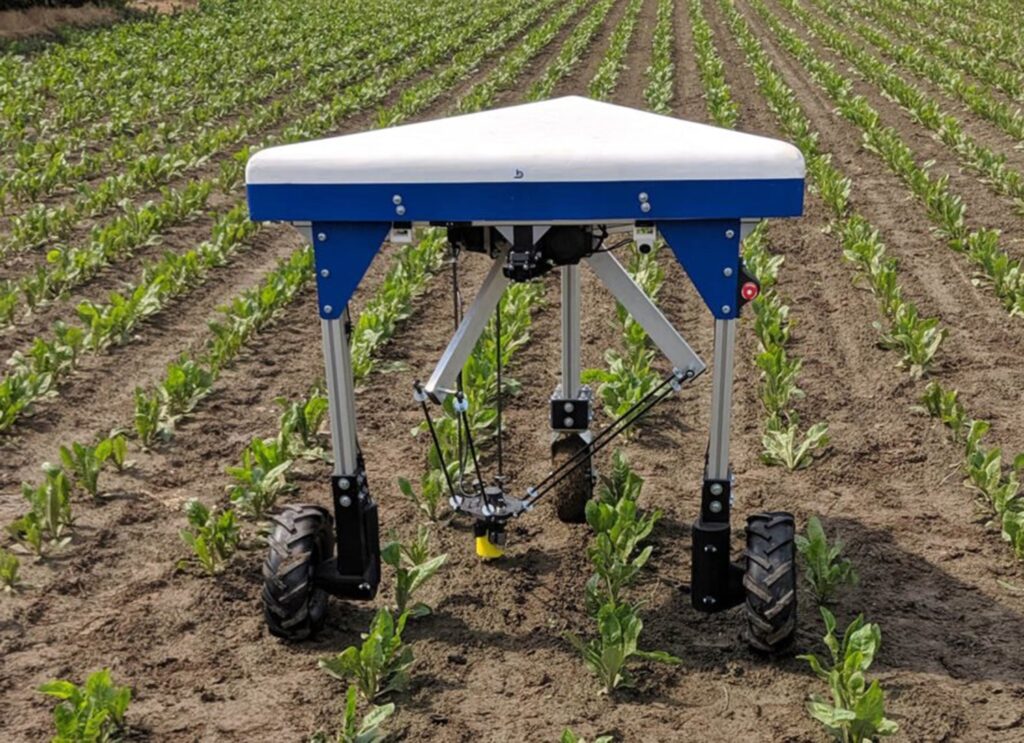mechanization
Farm Mechanization
“Mechanization is a key driver of efficient farming systems. It enables the transition from subsistence to market-oriented agriculture, provides off-farm employment attractive to women and youth, and catalyses rural development. Mechanization options include agricultural tools, equipment and machinery for land preparation, crop management, harvest and post-harvest activities, processing and all actions in the agri-food value chain” (FAO).
There is a misconception that mechanization displaces farm labour and encourages rural–urban migration, but the opposite is true:
mechanization improves well-being and increases decent work opportunities. For example, land preparation and weeding require less time and effort, thus reducing drudgery and freeing up time for non-farm activities. Moreover, off-farm activities, such as manufacture, maintenance and hiring of equipment, as well as information and communications technology (ICT) and digitalization, offer women and youth exciting job opportunities.
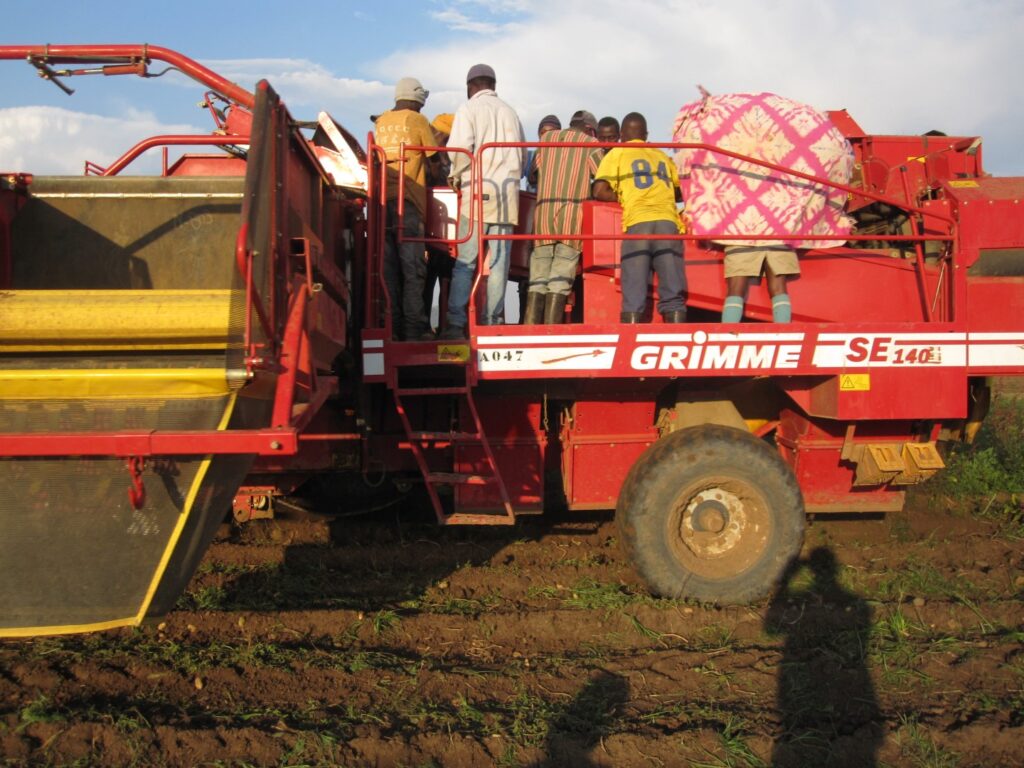
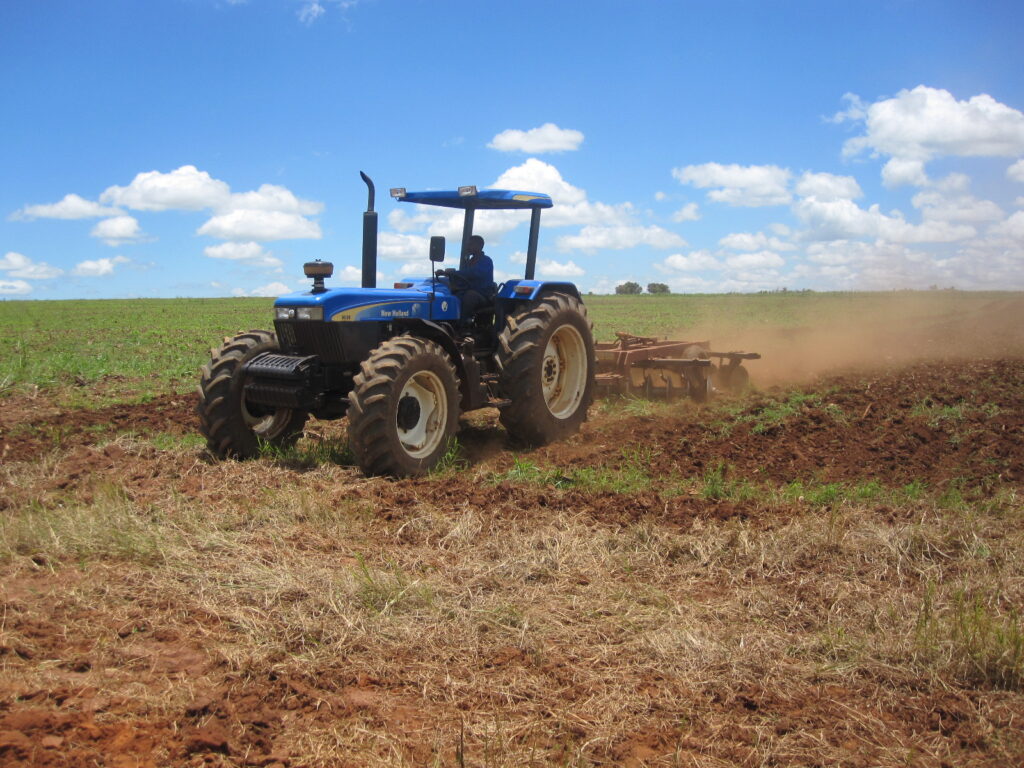
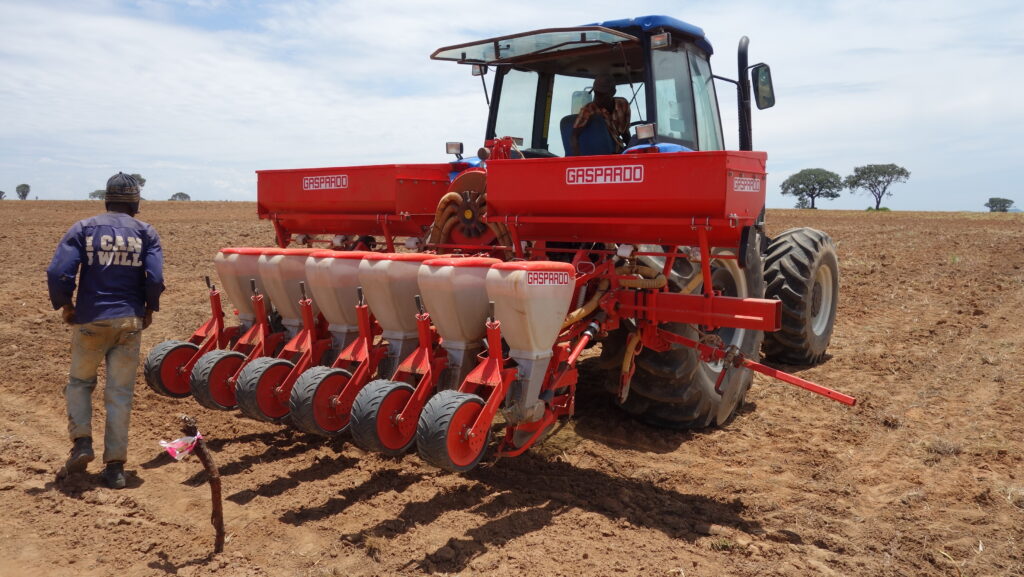
Digital Innovations
Digital innovations in mechanization technologies can make agriculture more attractive to rural youth, especially in developing countries. With the necessary rural infrastructure, supply chains, services and training in place, new and more
attractive jobs can be created in order to benefit those rural areas that were left behind when agriculture depended on rudimentary hand tools.
AgrInvest and Farm Mechanization
AgrInvest has a very long tradition in introducing adapted farm mechanization in developing countries, it’s founder being a Wageningen University agricultural technologist. AgrInvest introduced mechanized agriculture schemes in several tropical and sub-tropical countries.
